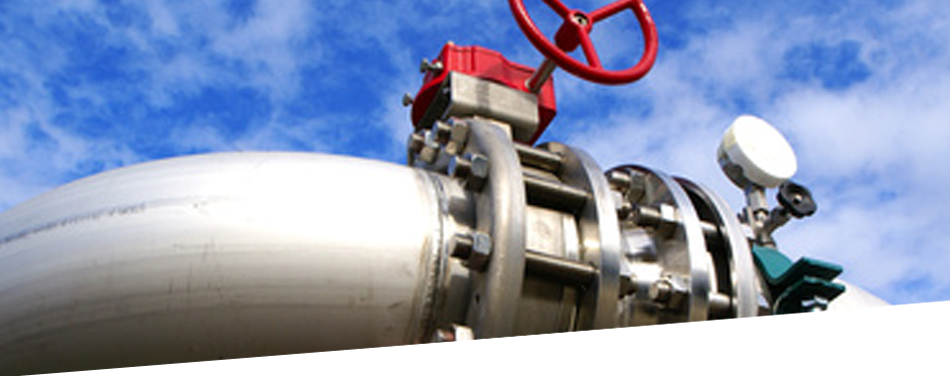GRI® has local fabricating distribution partners assuring that our end user customers receive the very best value in the fluid sealing industry on time every time.
Proper gasket selection and installation should be based on minimizing torque loss. Torque loss can be caused by the tendency of the gasket to relax or remold after it has been compressed and/or by elongation of the bolts. This loss can be minimized several ways:
- Use of a thinner gasket: The surface of the gasket is actually the sealing surface. The internal portion of the gasket is used primarily to insure that the imperfections in the sealing surface are filled. Since it is this internal portion that is primarily affected by creep relaxation, the thinner the gasket, the more effective the seal. However, if the surface to be sealed is pitted or marred or is somewhat distorted, it may not be feasible to switch to a thinner gasket.
- Use of a denser gasket: In general, the denser the gasket material, the less creep relaxation will occur. With materials of similar composition, greater density will require greater seating stresses to seal. Therefore, some lighter flanges may not be strong enough to use with a denser material.
- Use of conical washer: The elastic effect of a conical washer helps to compensate for some of the loss in gasket resilience. The washer also lengthens the bolt to a slight degree, lessening the effect of bolt elongation.
- Greater bolt load: The use of stronger bolts or more bolts can also help in the reduction of torque loss. Care should be taken to insure that the maximum loads on the bolts are not exceeded.
